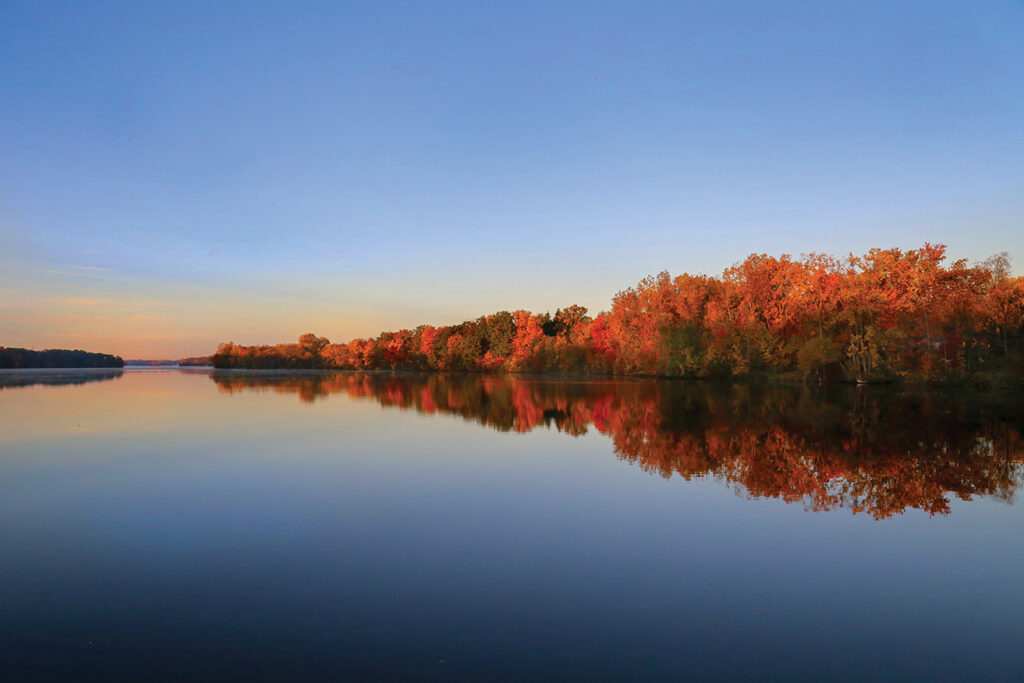Storm Drains
Evaporation, condensation, precipitation.
We know these as the primary phases of the water cycle, but what happens next? When rain and snowfall in undeveloped areas, most of the precipitation typically soaks into the ground. However, in urban areas, buildings, parking lots, roads, and other hard surfaces prevent this from happening. This runoff, or stormwater, flows over these hard surfaces and eventually into a storm drain or water body. Here is an example of how your neighborhood stormwater drainage system might be set up.
What’s the issue?
Along the way to storm drains, stormwater picks up pollutants and litter. Storm drains and roadside ditches lead to our lakes and streams. So, any oil, pet waste, leaves, or dirty water from washing your car or other outside activities that enters a storm drain eventually gets into our lakes and streams. This can harm the water quality of our natural waterways and make our creeks and streams unfit for recreation and for supporting aquatic life.
What happens when pollutants reach our waterways?
– The chemicals in pesticides, antifreeze, and motor oil can harm water quality and wildlife living in affected waterways.
– Fertilizers in our lakes and streams cause algae to grow. Algae can form unsightly blooms and use oxygen that fish need to survive.
– Pet waste can pollute our waters with disease-causing organisms that make recreational activities unsafe.
– Litter clogs storm drains and destroys wildlife habitats in local creeks.
What can I do to help?
Sweep it. Do you have extra fertilizers, grass clippings, or dirt on your driveway? Sweep it back onto your lawn. Hosing your driveway sends the pollutants into storm drains that lead to our lakes and rivers.
Keep it Clean. Whether in the street or in your yard, remember to keep leaves, grass clippings, trash, and fertilizers away from storm drains.
Only rain in the drain. Never dump motor oil, chemicals, pet waste, dirty or soapy water, or anything else down the storm drain. All of these materials pollute our lakes and rivers!
Label it. Volunteer to label storm drains in your neighborhood to inform residents that they flow directly to our lakes and streams. Encourage friends and neighbors to contact their local community for more information on storm drain stenciling programs.
Remember, storm drains lead to our lakes and rivers!


